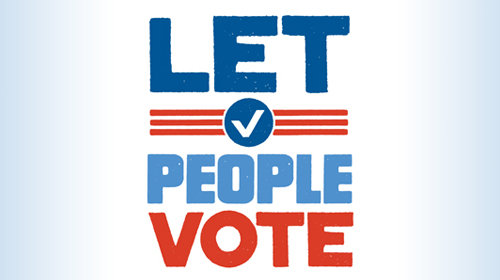
President Barack Obama kicked off his reelection campaign last week in Columbus, Ohio. Governor Mitt Romney, the presumptive Republican nominee, will be in Cleveland today. Why the focus on the Buckeye State? Not only is it a perennial “swing” state representing eighteen Electoral College votes, it is also uncannily accurate in determining who will be in the White House.
Starting from 2006, Ohioans gained the right to cast their ballots in advance of Election Day. Expanding opportunities to vote beyond a twelve-hour window in one day makes sense. Andre Washington, an Ohio-based voter who works during the day, attends school at night, and also raises five children, sees this as "a little leeway, a little cushion" that will allow his voice to be heard. And the numbers show that plenty of voters would agree: in 2004, early voting in Ohio accounted for only 10.6% of votes cast, but in 2008, it increased to 29.7%. Nationwide, less than two-thirds of all voters cast a ballot in-person on Election Day in 2008.
Please note that by playing this clip YouTube and Google will place a long-term cookie on your computer. Please see YouTube's privacy statement on their website and Google's privacy statement on theirs to learn more. To view the ACLU's privacy statement, click here.
Who votes early? In Florida, like in Ohio, African-American churches rented buses and vans to drive their congregants on the Sunday before Election Day. Commonly referred to as “Souls to the Polls,” 2008 data from Florida shows just how successful this campaign was. Even though African-Americans comprised only 13% of total voters and 22% of early voters, they accounted for 31% of early voters on the Sunday before Election Day. In Ohio, voters who earned less than $36,000 a year were more likely to vote before Election Day.
Despite such success, Florida and Ohio were among the five states in 2011 that reduced opportunities for voters to cast their ballot before Election Day. Instead of a combined 126 days to vote early or absentee, voters in those states now have 69. These states represent a 79 of the 270 Electoral College votes needed to win the presidential race. We need not reach too far back in history to know that this is significant: the 2000 election was decided by a margin of five Electoral College votes; in 2004, the margin was 54. Every vote counts.
And when we vote, we are not just electing the leader of our nation. As Reverend Caviness of the Greater Abyssinia Baptist Church in Cleveland reminds us, we are choosing who governs at the federal, state, and local levels. At each election, we decide who will run our schools, preside over our courts, and administer our elections. Voting matters. Let Andre vote.
Learn more about voting rights: Sign up for breaking news alerts, follow us on Twitter, and like us on Facebook.




